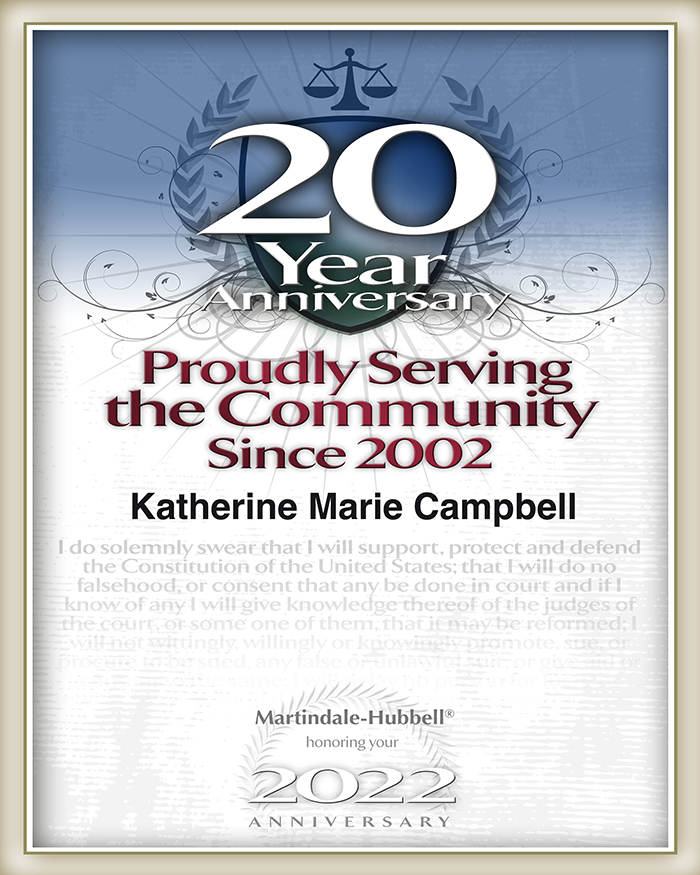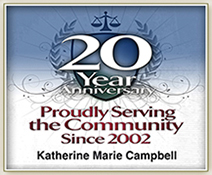Assets
Property division starts with collecting data on the assets and debts that exist. Once the assets and debts are identified the next question turns to the property character. Character is a legal term that speaks to whether property is separate property or community property. Some relevant questions regarding whether an asset is a separate property asset are whether it was a separate property asset, owned prior to marriage, given as a gift at any time, or is it rent from an asset owned before marriage? If it is community property, was it acquired during marriage using community income?
Once a property’s character is established, the next issue is the asset’s value. The value can be established by appraisal or agreement.
After the character and valuation are established, the assets and debts are divided. In California, community property assets or debts are typically divided equally. However, in the Collaborative Divorce process, you can agree upon a property division that deviates from the division a separate or community property label might dictate.
In California, where real estate prices are high, the home is a significant concern. One of the most common questions is “do we have to sell the home,” or ‘what if I cannot afford to buy out my spouse?” These are significant concerns because in California the home is likely the largest asset of most families. There is also an emotional attachment to the home. The idea of losing that to a sale or one party walking away with it often brings a lot of emotional stress.
Debts
Another aspect of community property discussions that people may overlook is debt. The general rule is that the debt incurred during marriage will be shared equally between the parties. There are exceptions. In the context of a Collaborative Divorce or Mediation couples are free to deviate from this general rule. One of the more common ways spouses might deviate is that one spouse might take a larger percentage or all of a particular debt in lieu of paying a portion or all of the spousal support obligation. One spouse doesn’t have the burden of this debt and is able to theoretically start from a fresh perspective. This is important for individuals who haven’t had a credit history or a work history.
Models
One of the benefits of Collaborative Divorce is running models for property division scenarios that might be proposed by the parties. We can model out how a particular property division proposal will look 10 to 15 years down the road using some basic assumptions about market increases or asset appreciation. What is the expected appreciation for these assets, and what is the expected accumulation of wealth going to look like? We can estimate how a particular proposed division might play out financially to help evaluate each spouse’s future financial security.
This added value through the Collaborative Divorce process helps families make more educated decisions using some assumptions and projections about what the future might hold.
In the Collaborative Divorce process, we delve into some of the non-financial aspects that the home represents for families. We try to see if we can meet some of those needs in other ways. We can reduce conflict related to the home when the issue isn’t really about the home. Rather it is about stability or fear of the unknown future. We address those concerns first, then work to make sure the financial aspects are addressed in a way that each party is protected going forward. It is a challenge in California, because there is often a significant increase in equity. We work with families to come up with a creative solution that will benefit the whole family, considering everyone’s needs.

Get in Touch
Main Office
1901 South Bascom Ave, Suite 1550
Campbell, CA 95008
Phone
(408) 732-5400
Fax
(408) 732-5401
Kathy@CampbellFamilyLaw.com

